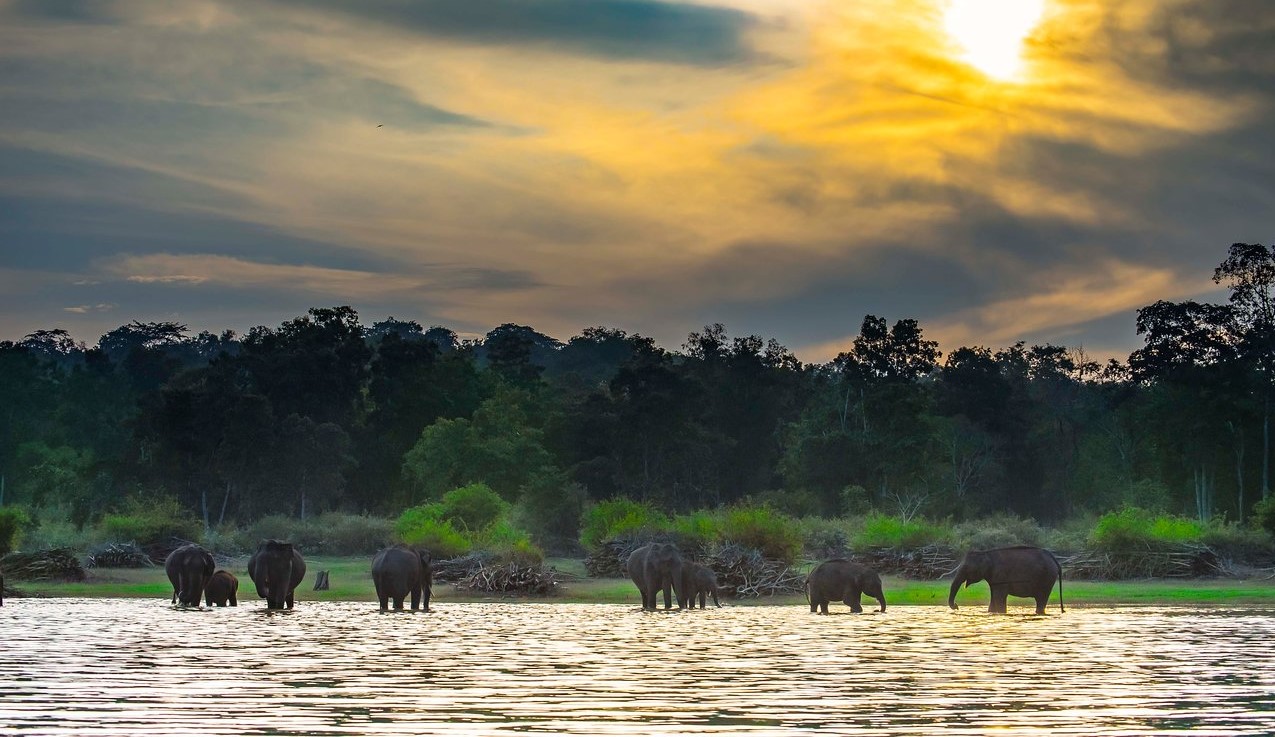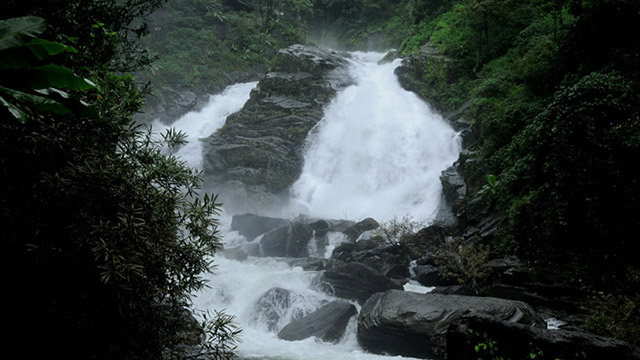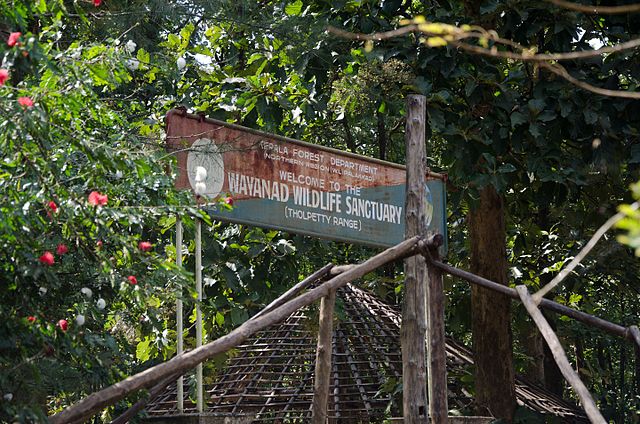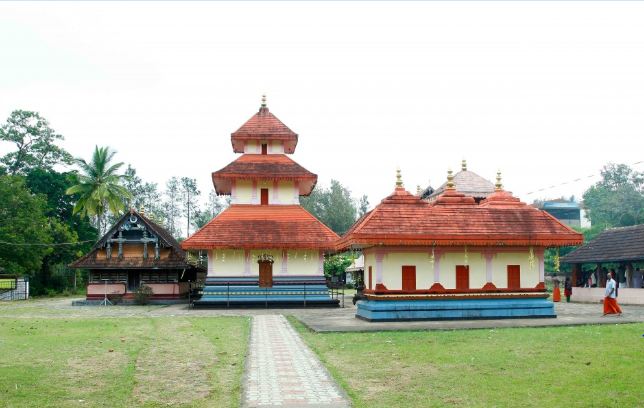
Seetha Devi Temple in Pullapally is a unique temple in the Wayanad District of Kerala. The main deity of the temple is Seetha Devi and along with her sons, Luv and Kush are also worshipped. There are a few legends associated with Ramayan that are closely related to the shrine and temple. The temple has one of the largest ponds in Wayanad and is believed that is the same spot where Sita disappeared into the earth. Pullapally is also named after the bed of grass called Dharbha on which Luv is believed to have played as a child. It is less than an hour’s drive from our resort in Wayanad, Grassroots Wayanad.
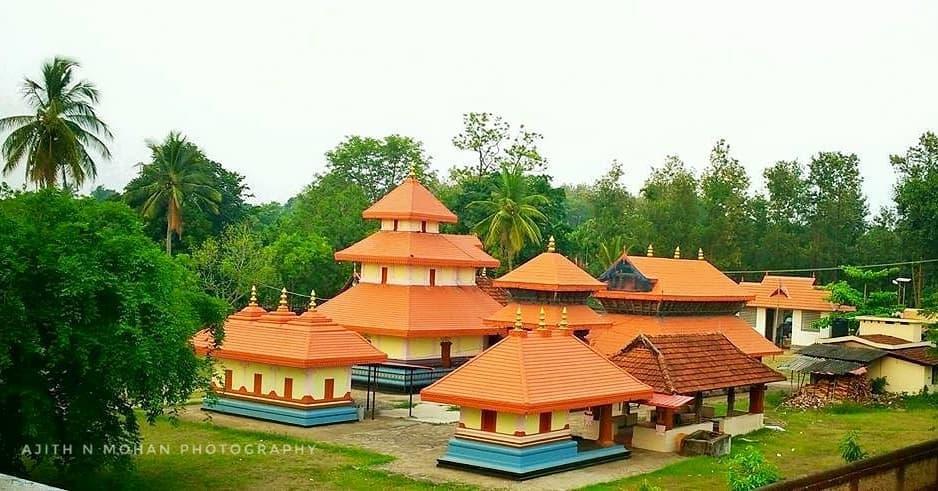
Seetha Devi Temple is located on the banks of the Ponkuzhi River. It has a peaceful and serene atmosphere. The temple is constructed in the traditional Kerala style of architecture with tiled roofs. The temple was constructed in the 18th century by Sri Pazhassi Raja. He took care of the temple for many years. He would arrange meetings with his army chiefs and ministers in the courtyard of this temple. Later the Kuppathode and the Nair family started managing the temple. One member of these families is still a Trustee of the temple.
Tipu Sultan attempted to destroy the temple but suddenly there was overpowering darkness in the noon. The attempt failed. The incident is believed to be a miracle of Goddess Sita.
Stay at Grassroots, our Resort in Wayanad, and plan a visit to the ancient shrine.
Leeches are very common in most parts of Wayanad but are not found around the temple. According to the stories of the place, once the leeches bit Luv and Kush, Goddess Sita cursed them and banished them from Pullapally. Another story associated with the sage Valmiki, who wrote Ramayana also comes into the picture. One can find a lot of termite mounds around the place. It is said Valmiki was a robber before he turned into sage. Some sages guided him and he tried to say Ram for 1000 years. By that time termites had built mounds around his body. He was then saved by Ram himself once he understood the true essence of the name RAM.
A festival is celebrated in the first week of January in the temple. This is also a regional festival that is attended by a large number of devotees from different parts of Wayanad. ”Theyyams” present ritual dances to invoke the deity. January is also the best time to visit the shrine and Wayanad. The temperature is also mild. After that temperature starts roaring when summer hits. Then only when the monsoon stops, you can enjoy the beauty of Wayanad. Enjoy your stay at Grassroots, our Resort in Wayanad, and be a part of the festival.
Near the Seetha Devi Temple is the Wayanad Wildlife Sanctuary. Only 4 km away, this sanctuary inhabits the flora and fauna of the region. It was formed in 1973 and is the second-largest in the state. The sanctuary is in two parts and the mid area is occupied by locals for plantations.
A tiger was shot by Kerala Forest Department in 2012 on the fringes of a coffee plantation.
As the sanctuary comes under the Protect Elephant project, you can spot herds of elephants roaming in the sanctuary. Kerala Forest Department can arrange Elephant rides.
Other places that you can visit while visiting Seetha Devi Temple.
Bathery Road- The forest road between Pupally and Suthan Bathery is has a scenic view.
Take a coracle ride in the Kabini River
SNDP temple: A yellow-colored temple on a yellow campus with yellow flags is a also spectacular view.
Pazhashi Smarakam: Pazhassi Raja spent his last days here and was also cremated here with full military honors. There is also a museum and a park in his honor.
Book a stay at Grassroots, our Resort in Wayanad, and explore the place and the history.

